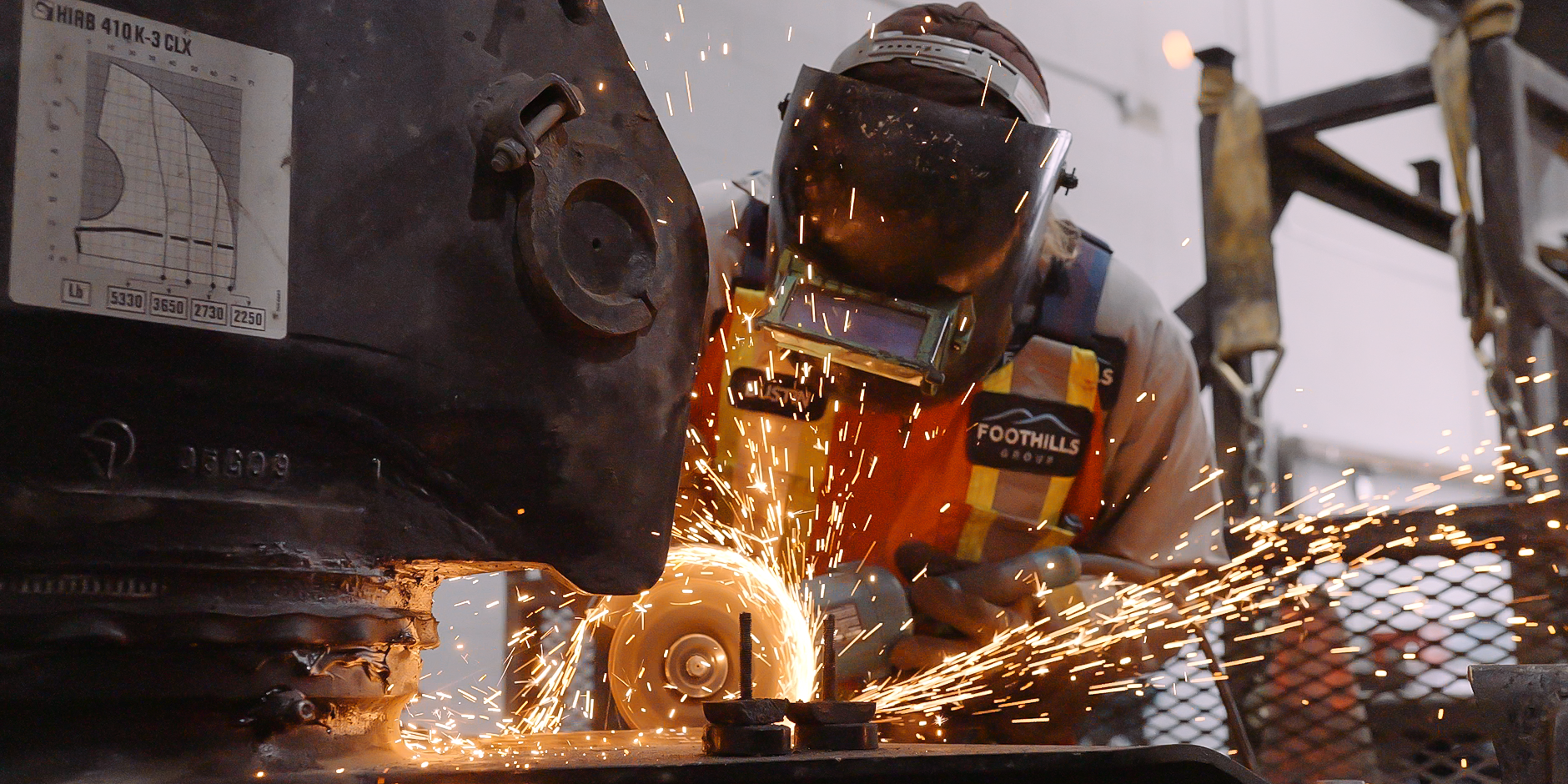If you’re running a heavy-duty truck or equipment repair shop, chances are you’ve lived the cash crunch firsthand. Maybe you just fronted $15,000 in parts and labor for a fleet engine rebuild - but the customer won’t pay for 60 days. Meanwhile, payroll’s due Friday, rent is looming, and the next job’s ETA depends on backordered parts.
Welcome to the tightrope walk of cash flow in diesel repair.
You’re not alone. Independent and mid-sized shops across North America face this daily grind. High overhead. Slow-paying fleet clients. Expensive inventory. Fluctuating workloads. It’s a game of financial Jenga - and one wrong move can topple the stack.
But it doesn’t have to be. With a few key strategies - and the right tools - you can take control of your cash cycle and run your shop on offense, not defense.
Why Diesel Shops Struggle with Cash Flow
Heavy-duty repair is nothing like passenger car service. Your clients run fleets. The jobs are bigger. The parts are pricier. And your costs don’t pause just because a customer’s check is late.
Here’s what makes cash flow so tight in this industry:
- Seasonal Swings: You’re slammed in summer, then staring at empty bays come winter. Revenue is lumpy, but your expenses aren’t.
- Slow-Paying Fleets: Fleet customers often operate on net-30, net-60, or even net-90 terms. That’s 1 - 3 months of unpaid work.
- High Overhead: Diagnostic tools, specialty lifts, tech wages, and shop space - none of it’s cheap.
- Parts Tied Up in Inventory: Stock too much and your cash sits on shelves. Stock too little and jobs stall - delaying revenue.
- Manual Processes: Whiteboards, paper timecards, and missed charges kill billing accuracy and speed.
Sound familiar? These problems won’t solve themselves - but there are smart ways to fix them.
Strategy #1: Tame the Beast - Fleet Accounts and Delayed Payments
Fleet clients are often your biggest customers. But they can also be your slowest to pay. Don’t let them kill your cash flow.
Set Clear Terms and Enforce Them
Make your payment terms part of every estimate, job order, or contract. Be upfront. If you're offering net-30, say it - and stick to it. For new or unknown clients, get 50% upfront, especially for high-ticket repairs.
Invoice Fast, Not Eventually
The faster you bill, the faster you get paid. Don’t wait for the end of the week (or month) to send invoices. Make billing a same-day habit.
For long jobs, break up payments into milestones:
- 40% when teardown is complete and parts ordered
- 40% at reassembly
- 20% at completion
Offer Early-Pay Incentives
Offer a “2/10 Net 30” term - 2% off if paid within 10 days. That’s a small hit to margin for a big speed-up in cash flow. Just don’t offer it to chronic late-payers.
Follow Up Relentlessly
The squeaky shop gets the check. Set reminders for 30/45/60 days and follow up with a call or email. Be firm, polite, and persistent.
Consider Factoring - Carefully
If you’re in a pinch, invoice factoring can front you 85 - 95% of your receivables immediately. It's not cheap, but it can bridge gaps in tight months. Use sparingly.
Strategy #2: Lock Down Your AR Process
Most shops don’t lose cash because of one big issue - they bleed it slowly through poor AR discipline. Here’s how to tighten it up:
Track DSO (Days Sales Outstanding)
Know how long it takes, on average, to collect. If your DSO is over 45 - 60 days, you’ve got room to improve.
Run Weekly AR Aging Reports
Don’t wait for the end of the month. A weekly report shows who’s overdue - and by how much. Spot problems early.
Set Credit Limits
Cap how much a client can owe before you pause service. You’re a shop, not a bank.
Build Real Relationships
Know the fleet manager and AP clerk by name. When they know you, they’re more likely to prioritize your invoice.
Make It Easy to Pay
Offer ACH, credit cards, and even emailed pay links. No one wants to chase down paper checks in 2025.
Triple-Check Invoices
One error can stall payment by weeks. Use software to pull charges directly from job data, reducing human error.
Strategy #3: Build a Buffer You Can Count On
Even the best shops hit dry spells. The key difference? Smart ones have a safety net.
Set a Reserve Target
Aim for 1 - 3 months of operating expenses. Start with a modest 5 - 10% of profits each month into a separate account.
Use It Only for Cash Flow Gaps
Cover payroll, buy time-sensitive parts, or float through a slow season. Don’t dip into it for non-essentials.
Negotiate Supplier Terms
Can your parts vendor give you 45 days instead of 30? That extra time aligns your expenses with incoming payments.
Trim Fat Where You Can
Cut unused software, renegotiate contracts, and review insurance annually. Every dollar saved helps your buffer last longer.
Strategy #4: Let Shop Software Do the Heavy Lifting
Manual systems (whiteboards, spreadsheets, clipboards) are slow, error-prone, and bleed time and money. The solution? Shop management software built for heavy-duty repair.
Let’s break it down:
Old School vs. New School
Instead of...
- Writing on whiteboards → Use drag-and-drop job scheduling
- Paper timecards → Techs clock in/out by job on tablets
- Missed parts or double orders → Track inventory live with re-order alerts
- Delayed billing → Auto-generate invoices when jobs finish
- Forgotten photos and documentation → Attach pictures to every job file
- Waiting on mailed checks → Accept card/ACH payments instantly
Modern platforms like ShopView turn chaos into control - and they do it without adding admin overhead. You run leaner, faster, and smarter.
Real Example:
One ShopView user said, “We invoice 30% faster, catch every charge, and bill more per job - without adding staff.”
This is real ROI - not theory.
Bonus: Streamline to Scale
Software also enables proactive planning:
- Track PMs and DOT Inspections: Keep your clients compliant and bring in steady repeat business.
- Integrate with QuickBooks or Xero: No double-entry headaches. Everything stays in sync.
- Support multi-location growth: Expand your shop footprint without doubling admin work.
Final Thoughts: Think Like a CFO, Operate Like a Pro
Cash flow isn’t just a financial metric - it’s the oxygen your shop breathes. It pays your techs. It funds your tools. It keeps your bays turning.
When you take control of your billing, collections, spending, and systems, you’re not just fixing trucks - you’re building a resilient business.
Use the strategies here. Apply them weekly. And if you’re still running on paper or clunky old software?
It’s time to upgrade.
👉 Want to see how ShopView can help you get paid faster, reduce stress, and grow profitably? Book a free demo today.







